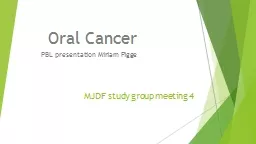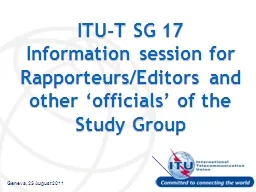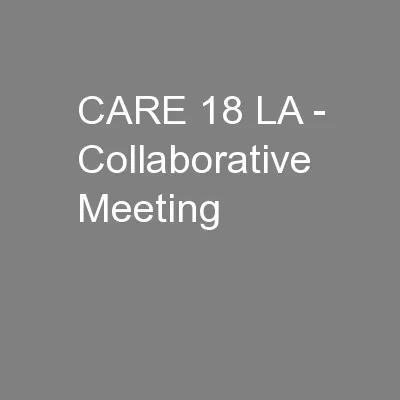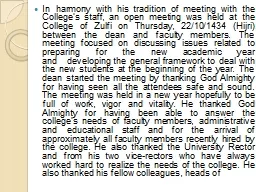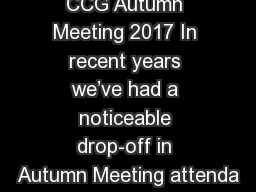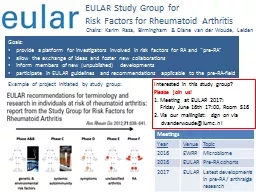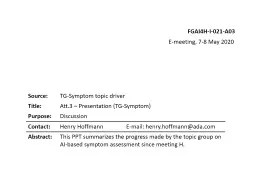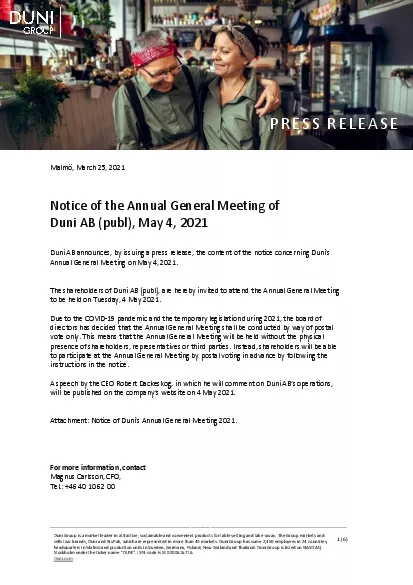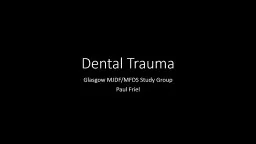PPT-MJDF study group meeting 4
Author : magdactio | Published Date : 2020-06-17
Oral Cancer PBL presentation Miriam Figge Definition Group of neoplasms affecting the oral cavity excluding salivary gland tumours OSCC more than 90 of all
Presentation Embed Code
Download Presentation
Download Presentation The PPT/PDF document "MJDF study group meeting 4" is the property of its rightful owner. Permission is granted to download and print the materials on this website for personal, non-commercial use only, and to display it on your personal computer provided you do not modify the materials and that you retain all copyright notices contained in the materials. By downloading content from our website, you accept the terms of this agreement.
MJDF study group meeting 4: Transcript
Download Rules Of Document
"MJDF study group meeting 4"The content belongs to its owner. You may download and print it for personal use, without modification, and keep all copyright notices. By downloading, you agree to these terms.
Related Documents

